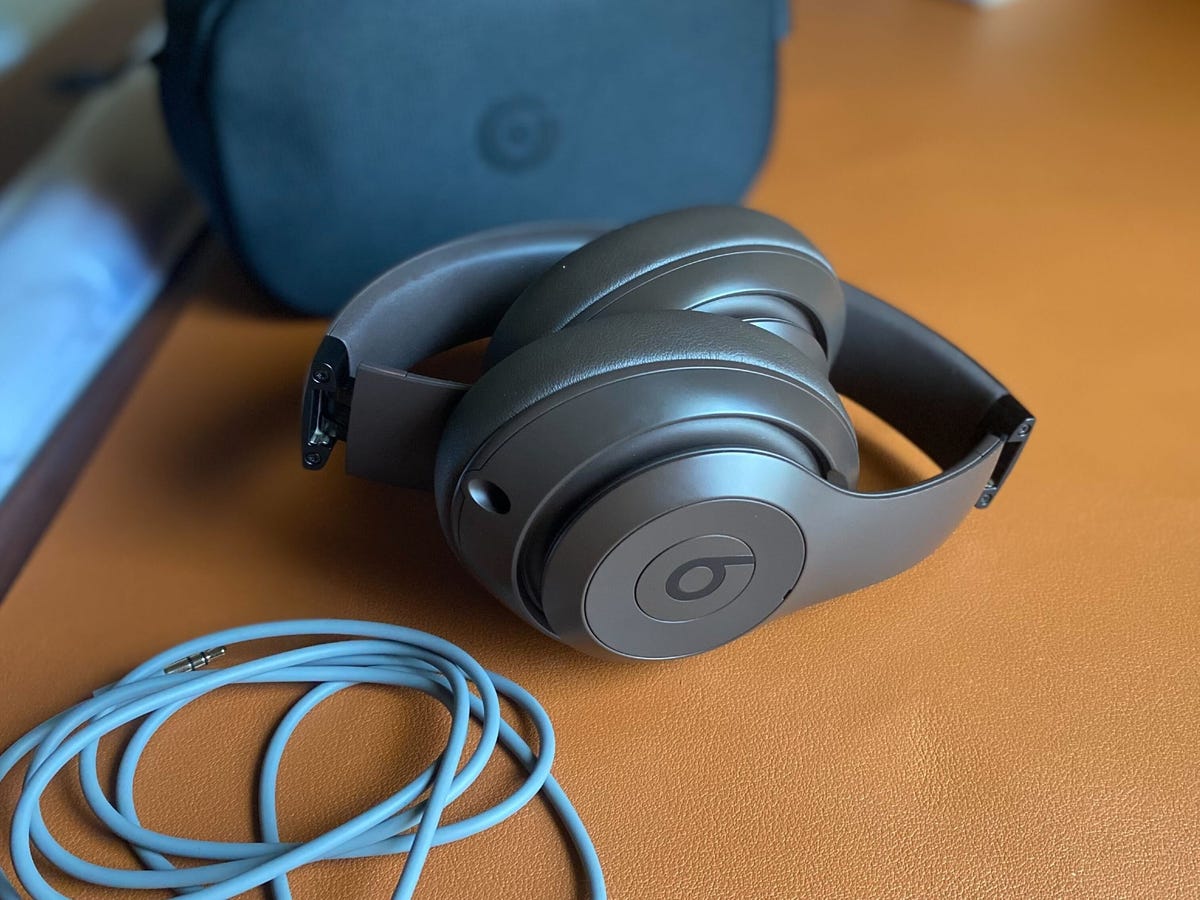Streaming in 3D – The Next Frontier in Immersive Audio Technology
Streaming in 3D is poised to become the next frontier in immersive audio technology, revolutionizing the way we experience sound in the digital realm. Unlike traditional stereo or even surround sound setups, which create a sense of depth and space through multiple channels, 3D audio aims to replicate the way we perceive sound in the real world, capturing not just direction and distance, but also elevation and movement. This heightened level of realism has the potential to transport listeners into a truly immersive sonic environment, whether they are watching a movie, playing a video game, or simply listening to music. One of the most promising aspects of 3D audio streaming is its ability to recreate a sense of spatial awareness that mirrors real-life listening conditions. By utilizing advanced algorithms and processing techniques, audio engineers can simulate the way sound waves interact with the environment, bouncing off surfaces and creating reflections that contribute to the overall sonic landscape. This means that listeners can experience the sensation of sound coming from all directions, including above and below, leading to a more lifelike and engaging auditory experience.

Furthermore, 3D audio technology opens up new creative possibilities for content creators, allowing them to design immersive soundscapes that enhance storytelling and evoke emotional responses. Whether it is the roar of a spaceship flying overhead in a science fiction epic or the subtle rustle of leaves in a tranquil forest scene, 3D audio adds an extra layer of depth and realism to the audiovisual experience. This not only enhances the overall immersion for audiences but also enables creators to more effectively convey their artistic vision and narrative intent. From a technical standpoint, streaming 3D audio presents several challenges that must be overcome in order to achieve widespread adoption and mainstream success. Bandwidth and compression are two key considerations, as streaming high-quality spatial audio requires significantly more data than traditional stereo or even surround sound formats.
Additionally, Beat Sampling compatibility and playback support are important factors to consider, as not all devices and playback systems are capable of reproducing 3D audio content with the same level of fidelity. While high-end home theater systems and dedicated gaming consoles may offer native support for 3D audio formats such as Dolby Atmos and DTS:X, many consumers still rely on smartphones, tablets, and other portable devices for their streaming needs. As such, streaming platforms will need to ensure that their apps and services are compatible with a wide range of devices and that they offer flexible playback options to accommodate varying levels of hardware capabilities. Despite these challenges, the future of streaming in 3D looks bright, with industry leaders and content creators alike embracing the potential of immersive audio technology to transform the way we experience sound in the digital age. As streaming platforms continue to invest in research and development and as consumer demand for more immersive entertainment experiences grows, 3D audio is poised to become an integral part of the streaming landscape, offering listeners a new dimension of audio immersion unlike anything they have experienced before.
